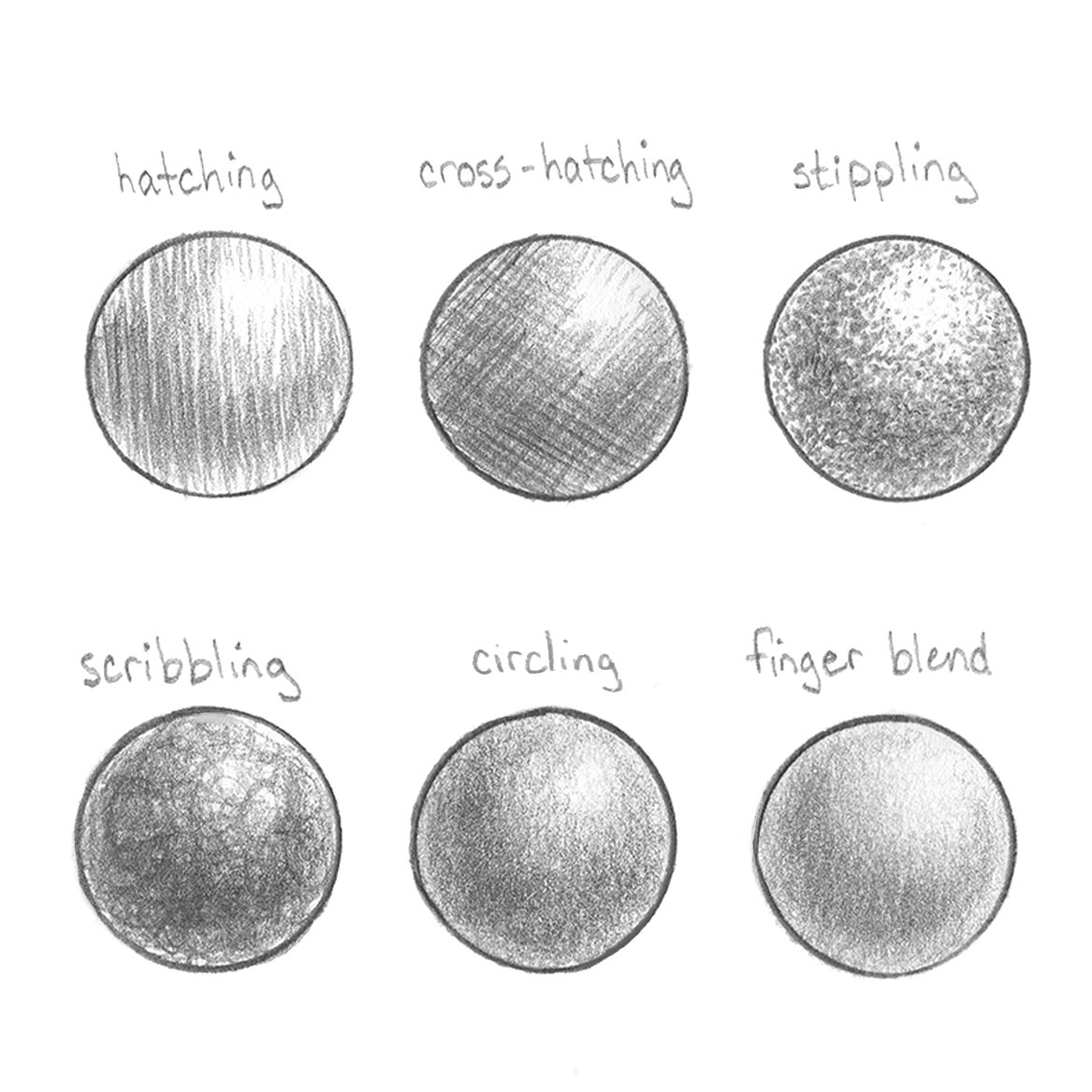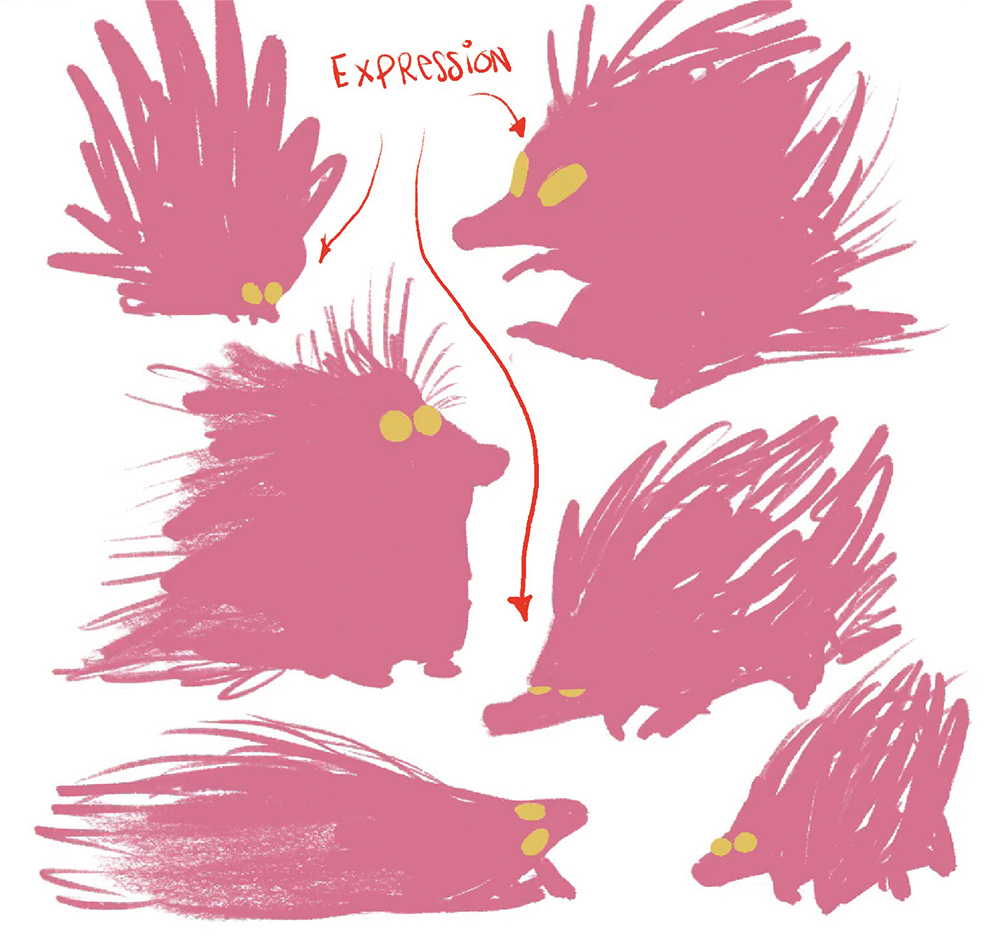Sketchbook warm-up exercises are an essential part of art practice whether you're a beginner or a pro. Just like when you hit the gym (not something I do very often if I'm honest), it's better to ease into sketching rather than jumping straight into your ful flow.
With sketching, you're not likely to suffer an injury if you don't warm up, but sketchbook warm up exercises do prepare you physically and mentally for the task ahead. They help you relax your fingers, wrist, and arm, which can help improve line quality, coordination and also confidence in your sketching, and they can improve concentration, easing you into an observational and creative 'zone'.
We've published many art tutorials and tips over the years, including many written by professional artists, who share their own processes and advice. Below, I'll round up a collection of their tips for warming up before sketching all in one place. Whether you're using the best pencils for artists or pens for artists, or one of the best drawing tablets, there should be something here to incorporate into your practice.
01. Mark making
A simple way to warm up is to begin with some free experimentation by making different types of marks. Use both the side of your pencil or pen and the the tip, and vary the pressure to create a variety of textures and tones. This can also help you to avoid falling into the habit of sticking to the same kinds of marks when you come to sketch.
"Practise creating sweeping strokes, bold lines, crisp dashes, delicate dots, curves and straight lines," the artist Terese Nielsen recommends. "Strokes generally start close to your body and move outward. Use your arm and shoulder, not just your wrist," she says.
We recommend holding your pencil loosely since a relaxed grip is more comfortable for long sessions and should give you more flexibility, but see our feature on how to hold a pencil correctly if you're unsure about this.
02. Parallel lines
Drawing straight lines might feel like the most boring sketchbook warm-up exercise you could do, but it isn't as easy as it might seem, and it's great practice for control, accuracy and coordination. Draw parallel lines of varying lengths from different angles. Draw them fast and practise getting them as close to each other as you can.
Daily design news, reviews, how-tos and more, as picked by the editors.
You can also use the point connection technique of drawing two dots on the page and then linking them with a line, as shown by in the video above from Proko, and use 'ghosting', the technique of practising the movement before you lower the pencil to make the actual line.
Use you whole arm rather than just bending the wrist, especially on longer lines. This should help you make smoother lines because your arm has a broader range of movement.
Drawing several parallel lines trains your spacing and line quality and consistency. You can always throw in some purposefully irregular lines to loosen up your stroke and explore different line styles. Drawing lines from different starting points without rotating your page or tablet is good practice since it forces your hand to work in different positions.
Use varied lines, says illustrator Rovina Cai. "Not all lines are equal. Subtle shifts in the width and darkness of your lines will create a dynamic, visually interesting drawing. Controlling the kind of mark you put down can be tricky in the beginning, but with practice you will be able to create a variety of marks that work together to make a cohesive image. Experiment with different pencil grades (from 3H to 6B) and with holding the pencil at different angles."
Another option for practising line work is to make a point and draw a series of straight lines through it like spokes. The lines should be straight and cut precisely through the dot. The further you start away from the central dot, the harder it will be.
Go too slow and your line will probably wobble all over the place. Go too fast, and you might overshoot.
03. Freehand circles
Drawing circles and ellipses is another classic sketchbook warm up exercise to activate hand-eye coordination. Practice drawing circles of varying sizes, again using your shoulder and arm rather than just your wrist for more fluid and less distorted curves. Move your arm in a circular motion like a propeller and experiment with different angles and sizes.
This is another of those sketchbook warm up exercises that can quickly get boring, but in the video above Adrift Arts demonstrates an idea to make it more fun by using the circles to make characters.
04. Shading

Different methods of shading produce distinct results, and your sketching warmup is a good time to revise the different options and refresh your shading and tone control.
Draw boxes or circles and fill them with different types of shading. You can also practice blending, transitioning from light to dark within your circles or boxes. For more on values, see our tonal values explainer.
05. Scribble
Scribbling can be a liberating sketchbook warm-up exercise, helping you to relax and not worry about seeking perfection. Scribble a line and just see where it takes you. Or draw a scribble and then see if you can transform it into a recognisable object or character with a few more quick strokes. This can be a great trigger for new ideas, and it can be very satisfying.
See our piece on scribble art exercises for more ideas.
06. Blind contour drawing
Blind contour drawing is another sketchbook warm-up technique that can improve your powers of observation while removing your fear of making mistakes. There are a couple of ways to approach it, but the idea is to draw a subject in front of you without taking your eyes off it and without taking your pencil or pen off the page.
Don't look at the paper on front of you to see what you pencil or pen is doing. Keep your eyes on your subject, studying its every detail. Initially, try to draw only the outline of a subject. For more challenge, you can try looking at your subject without drawing for a minute, studying it intently, then close your eyes completely when you draw.
07. 3D shapes
We've looked at a lot of sketching warm-up exercises that focus on flat shapes, but drawing 3D shapes can also be a great activity to incorporate to hone your eye for volume and perspective.
Sketch basic three-dimensional forms like cubes, spheres and cylinders to practise building volume and depth. You can also start to combine these shapes to make more complex ones.
08. Gesture drawing
Gesture drawing is the use of quick marks in continuous-motion, seeking to capturing the general pose and movement of a subject rather than the details. Artists will usually make a series of quick timed sketches in just a few minutes or even seconds to capture the flow and energy of different poses.
This warm-up helps you to loosen up your hand, improve observational skills and gain confidence in your mark making. It can also help you build an understanding of form and anatomy, which will serve for more detailed drawing. In the demo above, Love life Drawing provides some gesture drawing tips.
09. Variations

Whichever warm-up exercises for sketching you choose to use for your drawing sessions, repeat them with variations. That could mean altering a shape, the weight of a line, or the expression or gesture of a character.
Stephanie Rizo, in the piece she wrote for us on drawing warm up exercises, notes that making lots of variations of rough sketches can also help you decide on a composition for the sketch you want to develop further.
10. Plan your drawing
Now let's get down to reality. All of the exercises mentioned above are great ways to warm up your drawing muscles, but are you really going to take the time to draw all these lines, boxes and circles at the start of every drawing session? If you don't have a whole morning or afternoon available, you might want to direct your warmup more towards the sketch that you plan to work on.
In the video above, Steven Travers shows how he warms up for sketching by focusing directly on the scene he plans to sketch. He thinks about how he's going to depict each element and what kind of lines he's going to make to do that. Instead of drawing random lines and circles, he starts making rough explorations of the lines he might make in his final sketch. The logic here is really sound as you practise what you're planning to draw, increasing your chances of a good result when you start the real sketch.
For more ideas to inspire your drawing practice, see our ink drawing tips and our piece on beginner digital line drawing exercises for tablets. If you're looking to experiment beyond pen and pencil, see our tips for charcoal drawing.

Joe is a regular freelance journalist and editor at Creative Bloq. He writes news, features and buying guides and keeps track of the best equipment and software for creatives, from video editing programs to monitors and accessories. A veteran news writer and photographer, he now works as a project manager at the London and Buenos Aires-based design, production and branding agency Hermana Creatives. There he manages a team of designers, photographers and video editors who specialise in producing visual content and design assets for the hospitality sector. He also dances Argentine tango.
You must confirm your public display name before commenting
Please logout and then login again, you will then be prompted to enter your display name.





